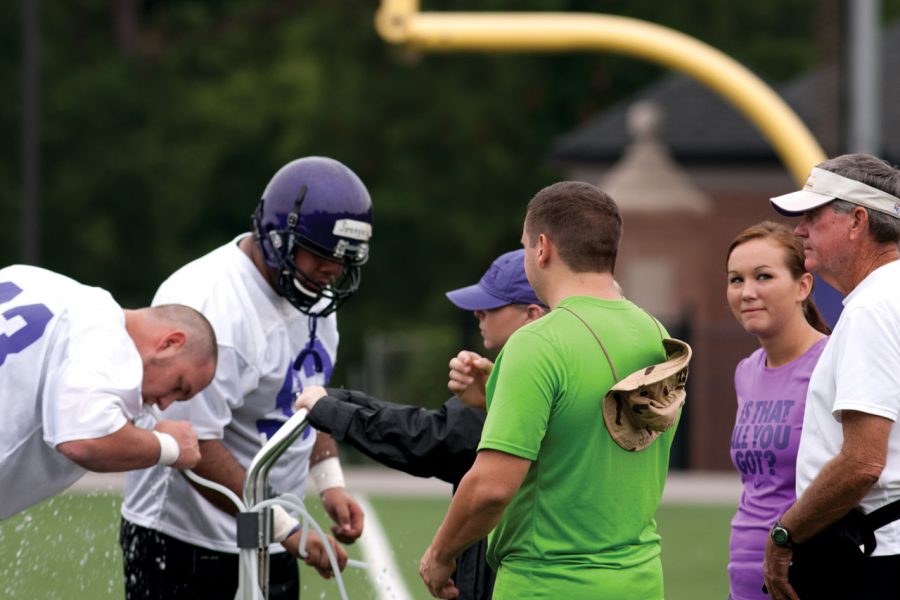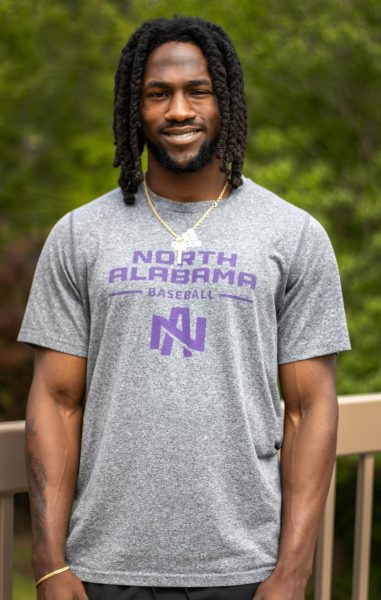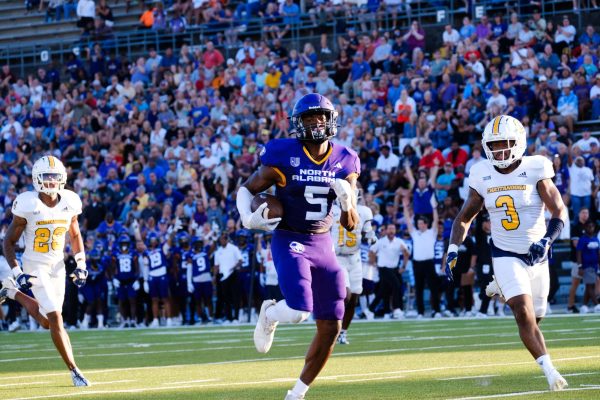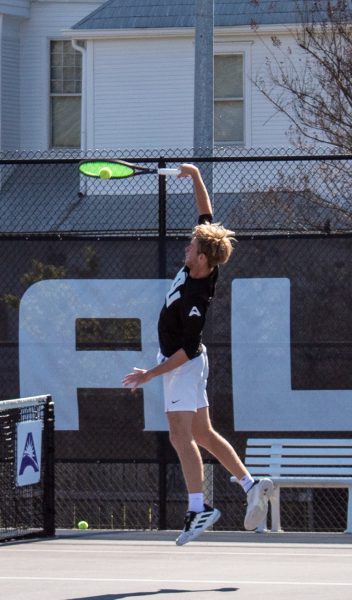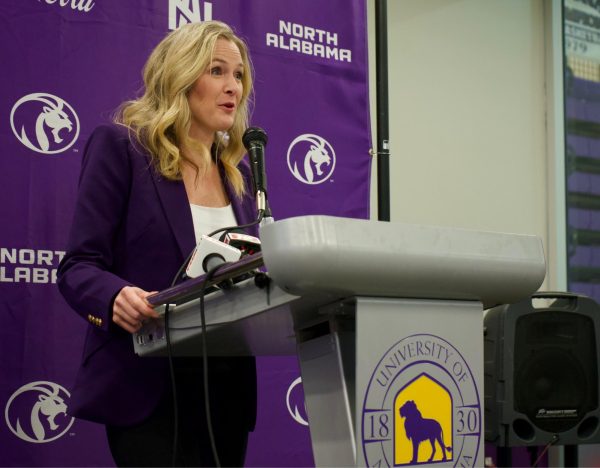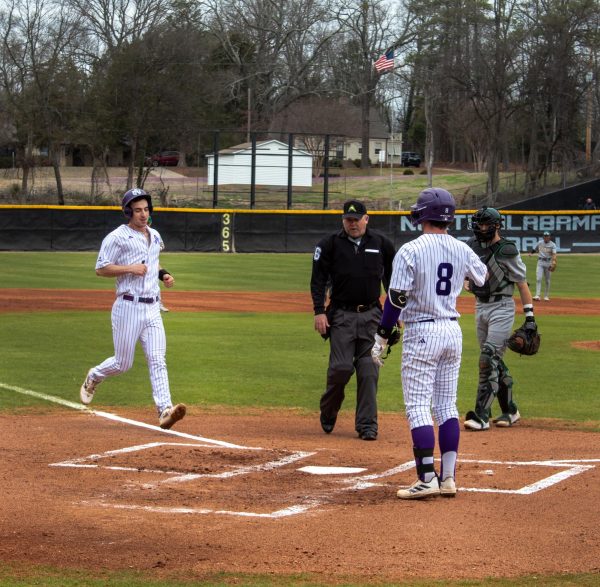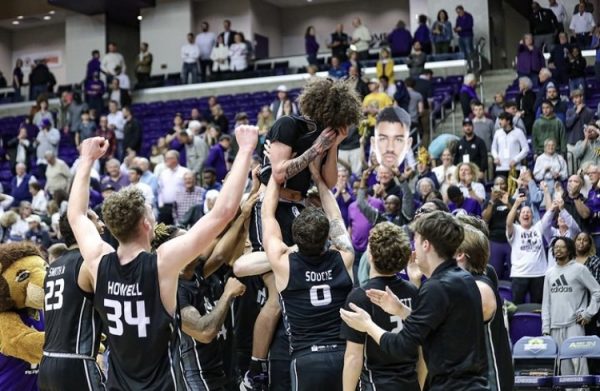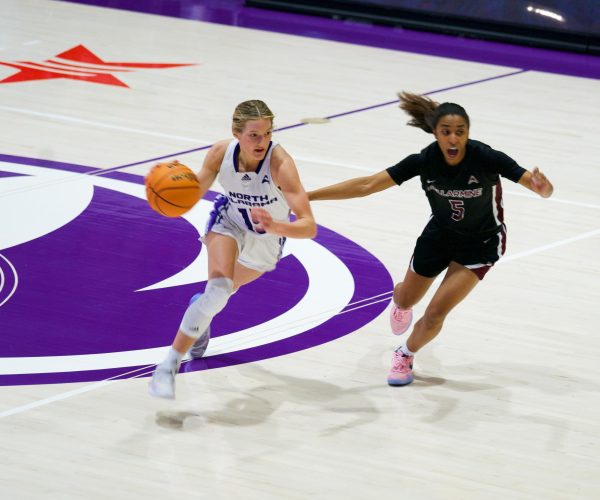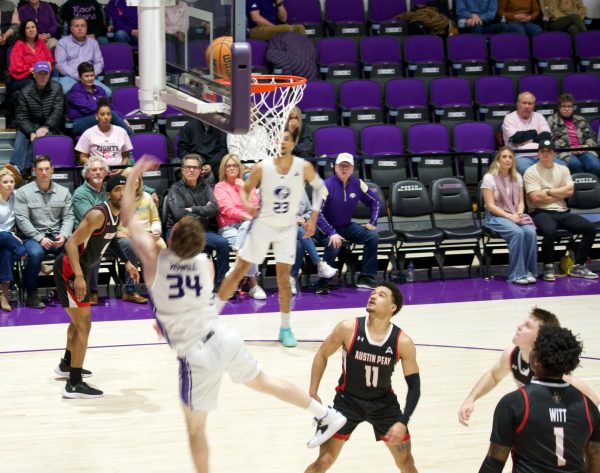Temperatures remain high as players prepare for season
September 1, 2011
With temperatures exceeding 100 degrees, some wonder how UNA football players cope with the intense heat.
Through recent reports of high temperatures from numerous weather service agencies, many people are already aware of scorching temperatures. It’s safe to say that the heat has become a bit of a distraction to Alabamians this year.
According to the National Center for Catastrophic Sport Injury Research, there have been 21 deaths in college football since 2000, six of those resulting from heat.
Many football coaches now insist more than ever that teams stay hydrated to prevent more calamities, allowing the athletes to drink as much as they need to.
They also have tried to prevent heat-related deaths by mandating breaks and shifting practice times to early or mid-day.
UNA practices have already taken place at Braly Stadium. The team practices for around two and a half hours.
Head Athletic Trainer Josh Penny cannot stress any further that the players and staff stay hydrated.
Penny and his team learned to acclimate to the climate, and there are at least 200 gallons of water during every practice and sports drinks as soon as they get off the field.
“Most of the players came from southern Florida and are accustomed to the high temperatures,” Penny said.
Having lived in Louisiana and around the southern heat his entire life, Penny is also well adjusted to hot climates.
“We are fortunate that no players have been sent to the E.R so far,” Penny said.
There have been some hospital visits in the past. Penny remembers in a 2002 game against Lambuth University that many athletes were experiencing heat cramps, and some were even sent to the hospital.
Lion football players are educated on how to avoid heat-related problems.
“Preventative techniques are the way to go,” said offensive lineman Kyle Thornton. “Not eating and drinking before practice can affect the way you play mentally and physically.”
Thornton has never gotten drastically ill on the field, but he recalls feeling light-headed.
He witnessed some going to the emergency room once for full body cramping.
The NCAA also made new regulations to prevent heat-related mishaps.
Teams cannot practice for more than five hours, and team-related activities, such as meetings or film study, are not allowed during the recovery period between practices.
During single practice days, a team cannot practice for more than three hours. Teams must also go through a five-day acclimation period at the beginning of camp in which they cannot practice in full pads.
The only protective gear players can wear during that time is helmets. The NCAA claims that the changes are to help prevent further heat-related deaths.
There are more than 20 heat-related illnesses, with common symptoms including heat exhaustion, dizziness, nausea, excessive thirst, agitation and headaches.
Although it may not be life threatening, heat exhaustion symptoms should be treated immediately.
Heat strokes, however, can occur suddenly without any signs of heat exhaustion.
If someone feels the symptoms of a stroke, which include confusion, vomiting, convulsions and decreased sweating, not seeking attention could be fatal.
The Lions will continue to take every measure to manage the heat in practices to come, officials said.


